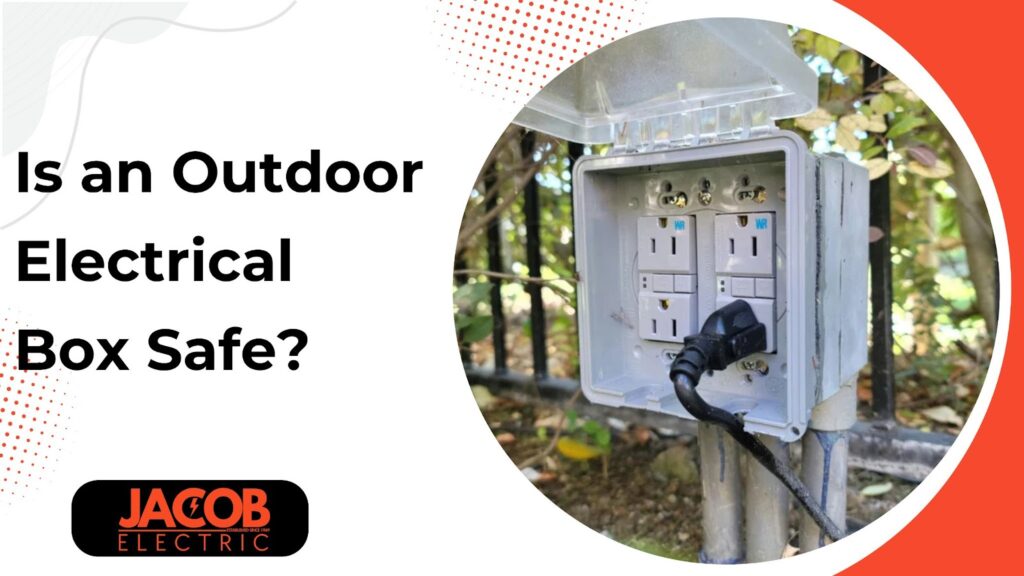In California, it’s common to see homes with electric vehicles (EVs) parked in the driveway, many of which are equipped with EV charging stations. Level 2 EV charging strikes the perfect balance between fast charging and affordability, helping you keep your vehicle ready for the road without worrying about range anxiety. Let’s dive into the differences between level 1, level 2, and level 3 chargers and why level 2 is the ideal choice for many EV owners.
What Is Level 2 EV Charging?
Electric vehicles, like any other chargeable devices, require compatible chargers to keep their batteries full. EV chargers are typically divided into three categories:
- Level 1 Charging: This uses a standard 120-volt outlet and delivers between 1.2 to 2.4 kilowatts of power. It provides around 2 to 4 miles of range per hour of charging. It’s an inexpensive option that’s often included when purchasing an EV, and no special installation is required.
- Level 2 Charging: Operating on a 240-volt outlet (similar to those used for large appliances), level 2 chargers deliver between 3 and 19.2 kilowatts. Depending on the EV model, this translates to 12 to 32 miles of range per hour of charging.
- Level 3 Charging: Known as DC fast chargers, level 3 chargers are designed for commercial use and can handle high-voltage loads between 400 and 800 volts. They can add up to 250 miles of range in just 30 minutes.
Faster Charging Speeds: Time is of the Essence
Generally, level 1 chargers take 40 to 50 hours to charge an EV to 80%, while level 2 chargers take between 4 to 10 hours. This makes level 2 chargers up to 10 times faster than level 1 chargers.
Level 2 charging offers the perfect balance of speed and cost. These chargers typically require a dedicated circuit and special installation, including a hardwired connection or a dedicated outlet. An 8-hour charge with level 2 can give you enough power for a full day of driving—around 21.3 miles, which is the average daily commute in Southern California. For an EV with a 300-mile range, this could mean a full week of driving on just one charge.
Level 1 chargers may be fine for occasional drivers or those with easy access to public charging stations, but for most people who rely on their vehicles daily, level 1 charging may not be sufficient. For instance, if your EV gains only 2 to 4 miles of range per hour, you’d need to leave it charging overnight just to cover a short commute of 30 to 40 miles.
Increased EV Convenience: Charge at Your Convenience
In addition to faster charging, installing a level 2 charger at home adds convenience. No more waiting at a public charging station—you can simply plug in your vehicle at home, in your garage or driveway, and be ready to go when you need it.
Many level 2 chargers integrate with smart home systems, offering features like schedule optimization, circuit load monitoring, and Wi-Fi-enabled control. These chargers can adjust the timing to ensure your vehicle is fully charged and ready when you need it.
Cost Savings: Charge Smarter, Not Harder
With electricity rates in California reaching up to 32 cents per kilowatt-hour, it’s important to manage your charging costs. By using an EV charging app, you can schedule your charging during off-peak hours when electricity rates are lower. This can significantly reduce the cost per charge.
Some level 2 chargers also feature bidirectional charging, allowing unused electricity to be returned to the grid or your home, increasing efficiency and potentially saving even more.
Additionally, installing a level 2 charger can qualify you for various tax credits and rebates. The Inflation Reduction Act, for example, covers up to 30% or $1,000 of eligible charger installation costs, making it a more affordable investment.
Improved Battery Health: Maximize Your EV’s Lifespan
Level 2 charging offers the ideal balance between speed and battery health. DC fast-charging (level 3) can stress and degrade your battery over time, while level 2 chargers are gentler on the battery, helping it last longer.
Many level 2 chargers come with technology that monitors your EV’s battery level and health. This ensures that overcharging is avoided, preserving battery life by preventing overheating and maintaining an optimal charge level (typically below 80%).
Choosing and Installing Your Level 2 Charger
Installing a level 2 charger requires some important considerations. In most cases, you’ll need a permit and should hire a licensed electrician for installation. The electrician will assess your home’s electrical system and determine if any upgrades are necessary, including:
- A dedicated circuit installation
- A 240-volt outlet
- Panel upgrades or replacements
- Compatible connectors and plugs
- Outdoor-rated equipment for installations exposed to the weather
Level 2 chargers aren’t one-size-fits-all. The charger’s amperage and voltage can impact charging speed, but your vehicle’s onboard charging system will determine the maximum charging speed. If your vehicle can’t handle higher voltages, even the most powerful level 2 charger won’t charge your EV any faster. An electrician can help you select the right charger based on your home’s setup and your vehicle’s needs.
By choosing a level 2 charger, you can enjoy faster, more convenient, and cost-effective EV charging, all while helping to maximize the lifespan of your vehicle’s battery.

